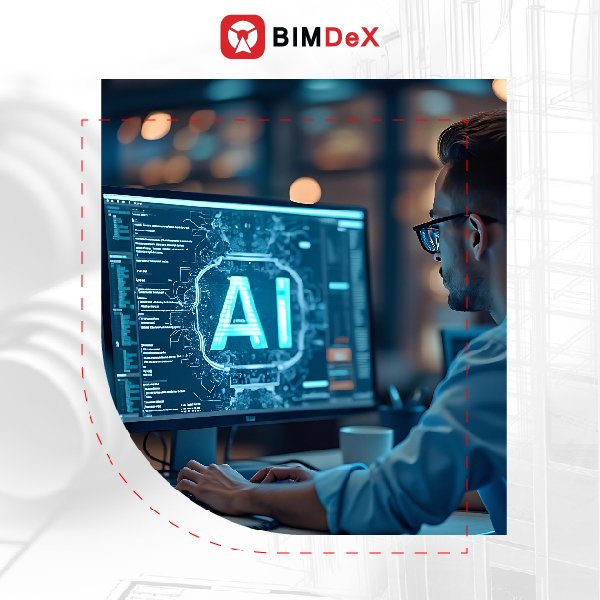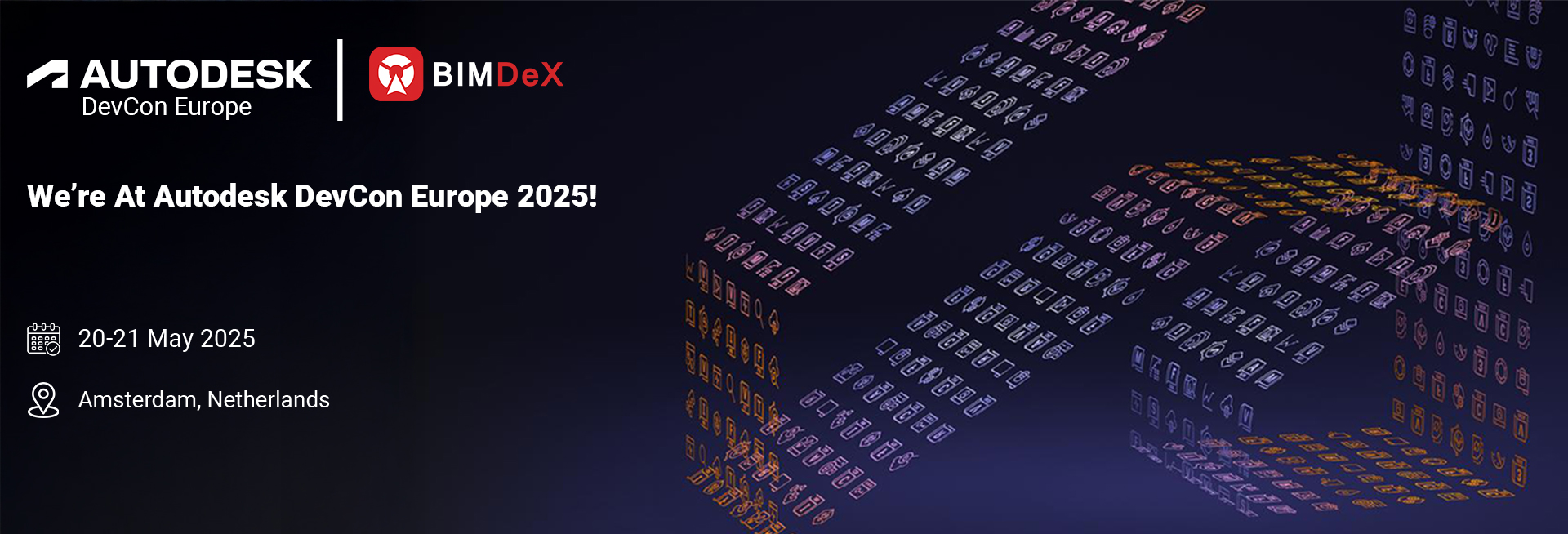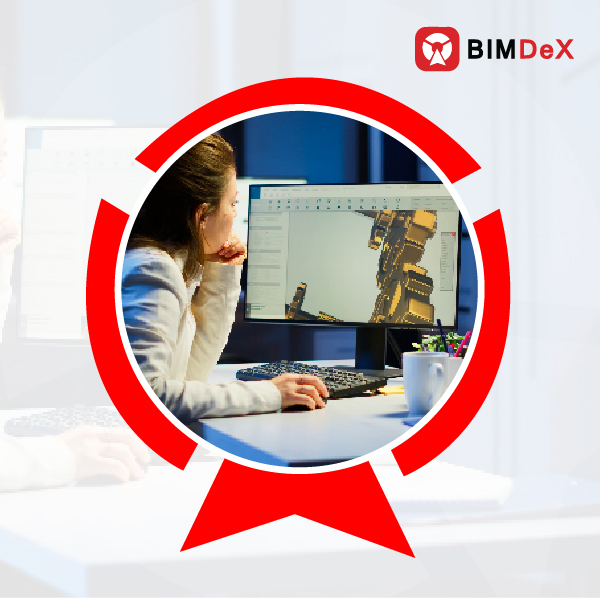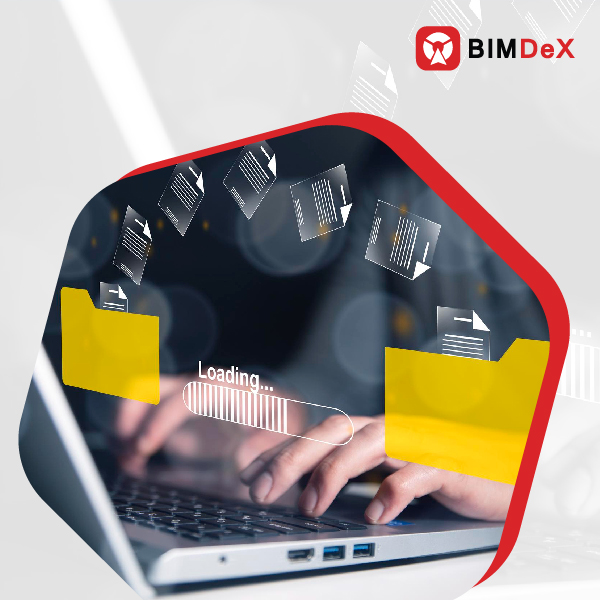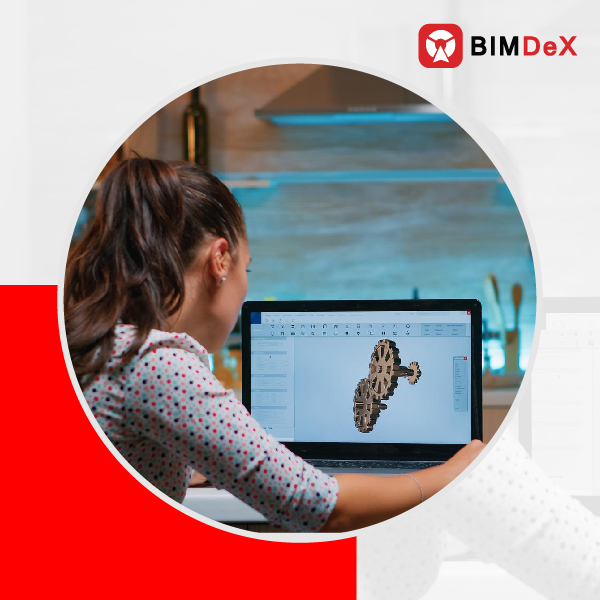Building Information Modelling (BIM) has been the most sought-after innovation in the Architecture, Engineering and Construction industries for some time. The ability to provide digital forms of physical structures with inclusive information has moved BIM to the forefront to be a part of every new project that is in the pipeline.
BIM improves collaboration and allows the teams to connect on the centralized model that is incorporated with essential information. However, to accomplish this act, interoperability becomes inevitable. This essential interoperability can bring model information from various domains to create a comprehensive model with all aspects. That said, in this blog we can discuss the challenges in BIM interoperability and the respective remedies and the role of an innovative solution of BIMDeX in streamlining BIM interoperability.
How BIM Grabbed the Limelight!
Building Information Modeling (BIM), the name itself defines the scope of the innovation for the industry. BIM has transformed the way the Architecture, Engineering and Construction industries collaborate and perform on diverse projects. The BIM-based models comprise the whole ideal information that assists in various phases of the project, right from designing to operations and maintenance.
By not just acting as a designing tool, BIM provoked better collaborative ways with the digital representations of the physical characters of the buildings. The features of detecting clashes and resolving them at the initial phase, enhanced visuals, and legit information that leads to more informed decisions made BIM the most effective solution of the time, moving it to the limelight.
Interoperability— How Important Is It?
When we said BIM smoothens collaboration, it is understood that various applications are subjected to acquiring ideal collaboration. Each software has its own format and information; when these have to be collaborated, there should be interoperability to pipeline effective data conversion and sharing.
Interoperable model conversion ensures that the models are transferred and exchanged with all the inclusive data without missing the integral properties, metadata, and accurate geometry. When there is a deviation with this, there are multiple chances for incompatible model conversion, which may lead to data losses and missing out on geometric information.
Interoperability can reduce errors with model conversion and allow the teams to have the legit models to be shared and converted. When a project has the interoperable unit for model conversion, they eventually preserve the time spent on errors and therefore have the project reach the destination much faster and with more quality.
Role Of BIM Interoperability in AEC Industries
Challenges with Obtaining BIM Interoperability
While it is important to have BIM interoperability for effective model conversion and the respective project success, embracing interoperability can be defined based on various aspects. There are certain challenges that limit interoperability and can cause a threat to model conversion. Here are the potential challenges that happen with acquiring interoperability.
1. Software Incompatibility
BIM-based models have their source from different software solutions, wherein each software will have its own proprietary file formats. These file formats might not be compatible, and when they are subjected to conversion, there are chances of data loss, geometry misconceptions, and more.
2. Non-Standard Data Formats
Ideal data formats are essential for an interoperable model conversion, and in the case of diverse software solutions, the data formats might differ and cause issues during model conversion. Non-standard data formats result in complex model conversion, creating chances for data loss and missing out on geometric information.
3. Software Versions and Updates
Each software has its own versions, and it is not standard that every software will have the compatible version while indulging in model conversions. In this case there are chances of data loss in the models creating a non-compatible model conversion.
4. Parametric Loss
Parametric information is the most important with BIM models, and transferring the parametric information along with the models can effectively assist after the model conversion process. That said, when the two software programs are not compatible, the parametric information can be misinterpreted and deviated, leading to costly mistakes and waste of efforts.
How to Overcome BIM Interoperability Challenges
Having said that about the BIM interoperability challenges, how to resolve them and acquire remedies would be the next point. In that case we bring the points that can assist the industry in resolving the diverse challenges that hinder implementing BIM interoperability.
✅ Common Data Environment (CDE)
Common Data Environments are the platforms that are centralized and promote better model connection and conversion. As the name suggests, the platforms stay compatible with respective software solutions and ensure ideal model conversion with advanced consistency, accuracy, and coordination.
✅ Open Standards
Open standards like IFC are advanced options for obtaining interoperability as they pave the way for ideal model transfer as IFC file formats between software solutions.
✅ Embracing New Techniques
The modern AEC industries demand to embrace new technologies to enhance better ways of construction and remove the primitive hindrances that stayed with implementing vital measures. In the case of BIM interoperability, it is always essential to adopt new technologies and practices to smoothen interoperable model conversion and preserve all the inclusive information.
BIMDeX – The ultimate solution for BIM interoperability challenges
Upon speaking about the importance of interoperability in model conversion, the challenges with implementing it, and the remedies for that, how about having one crucial common data exchange solution with astonishing features?
Here is BIMDeX, the ideal data exchange solution that connects diverse CAD and BIM applications, promotes credible model exchange, and boosts high-end interoperability. BIMDeX has the proprietary file format called the ‘BXF,’ which connects the applications without any hindrances and ensures to carry the models with all their inclusive metadata, properties, and geometry.
Explore: Difference Between CAD and BIM
BIMDeX solution has diverse product combinations that connect the vital CAD and BIM applications; some examples are SolidWorks to Revit, Plant 3D to Revit, Tekla to Revit, and more. These exporter and importer plugins ensure that the models are smoothly transferred with the ideal information along with geometrical information. By carrying out such accuracy, the solution makes it feasible for the receiving users to make use of the model as they desired without any misconceptions.
BIMDeX solutions can favor any projects despite the size and promote better model conversion with ideal interoperability.
Closing Thoughts
Having an interoperable model conversion means it is understood that the project is on the right lane and can embrace active results compared to other primitive projects in the AEC industry. It is important to overcome the challenges with interoperability and let the BIM projects reach their full potential. While it can be tedious to locate and remove specific challenges of implementing BIM interoperability, adopting technical innovations like BIMDeX can resolve the comprehensive task. Having said the scope and features of BIMDeX, this can be your right solution for achieving impeccable interoperability between vital solutions. Move and explore the future of AEC industries and more with BIMDeX.
